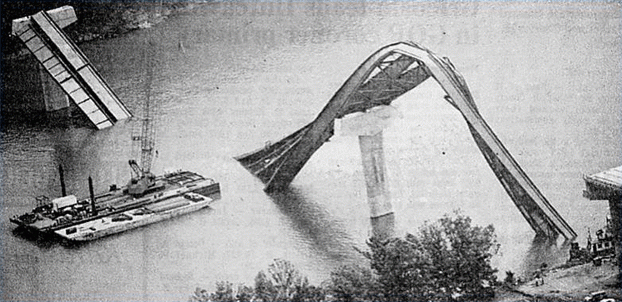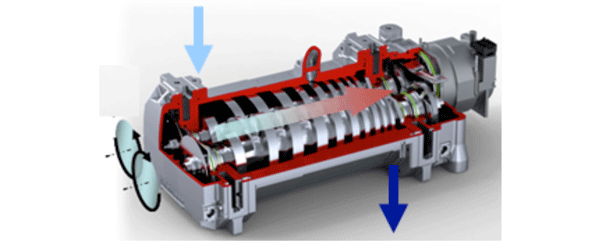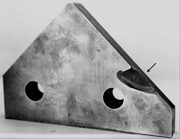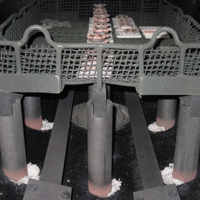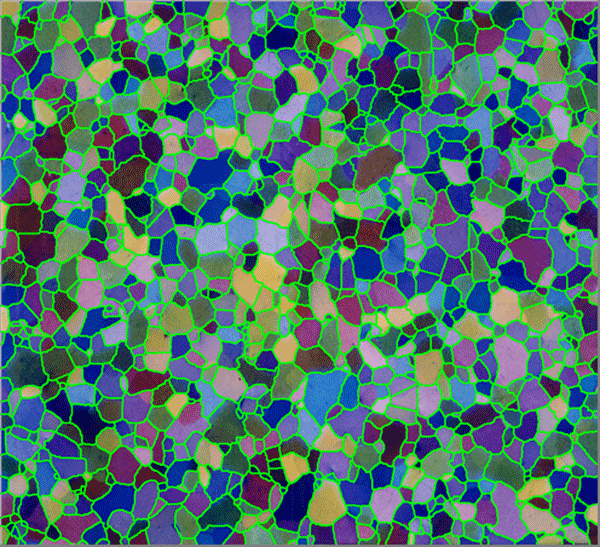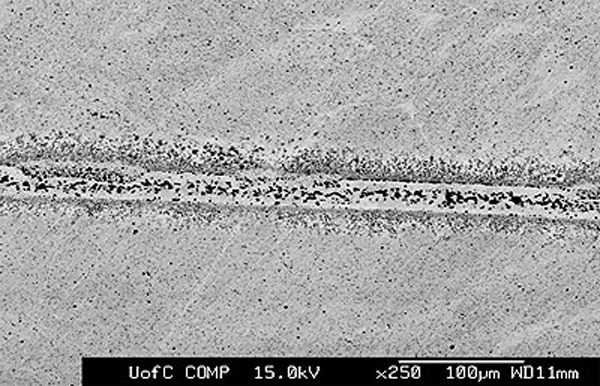Failures in metallic components may be caused by any of the following factors or combinations of factors: Design shortcomings, imperfections due to faulty processing or fabrication, overloading and other service abuses, improper maintenance and repair and environmental factors.
Not all failures are catastrophic. Many failures involve a gradual degradation of properties or excessive deformation or wear until the component is no longer functional. Failures due to wear or general corrosive attack usually are not spectacular failures, but account for tremendous material losses and downtime every year. Of course, early failures of the spectacular catastrophic order capture the most attention-and rightly so. Nevertheless, all failures deserve the attention of the investigator because they reduce production efficiency, waste critical materials, and increase costs. In some instances, they cause considerable damage or personal injury. Finally, failures can result in costly litigations.

